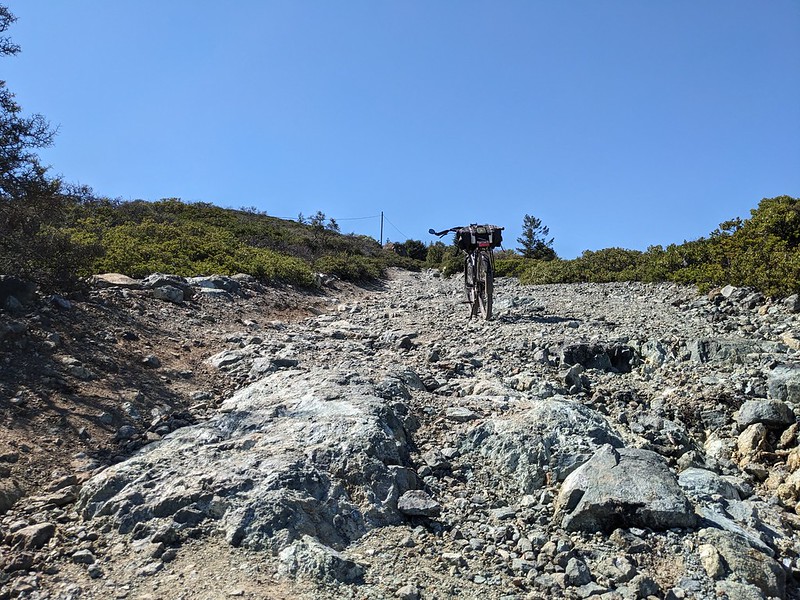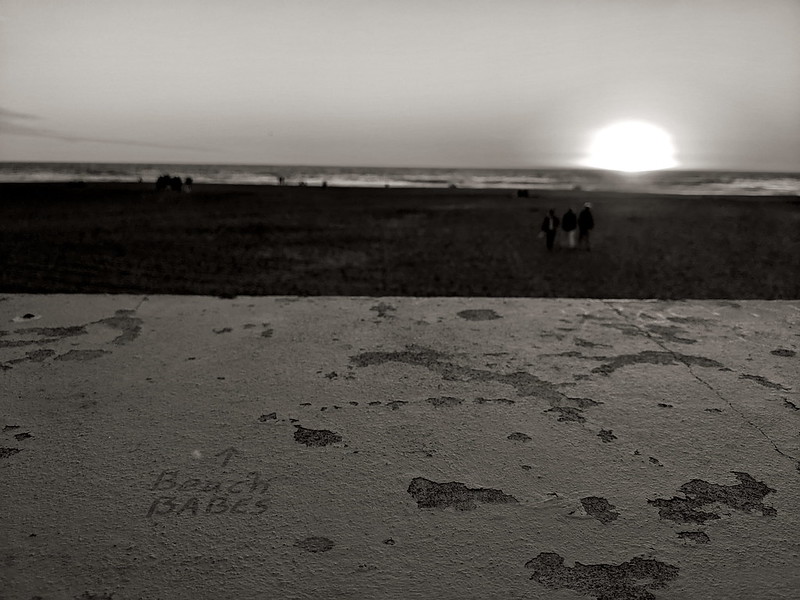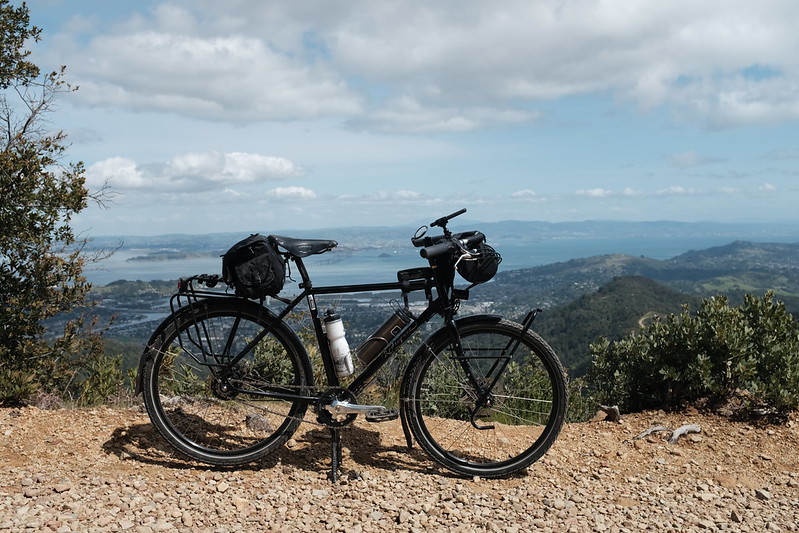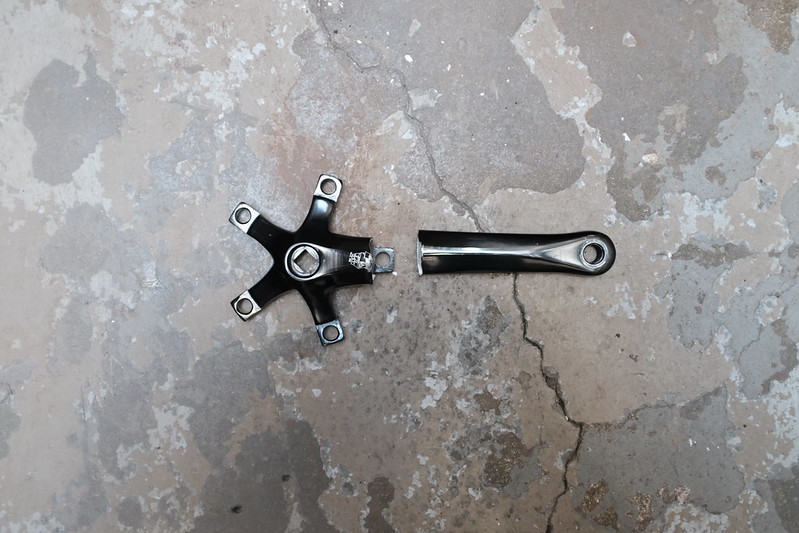Henson AL13
Last July I purchased a Henson AL13 razor. I’ve been using my Feather AS-D2 since 2018, and remain pleased with it, but I wanted something lighter weight to travel with. The Feather AS-D2 weighs 91 grams. The Henson AL13 weighs 39 grams.
When I first got the Henson I used it for a week or two, and then used the Feather for a week or two, and then returned to the Henson. I continued going back and forth like this for about 4 months. I couldn’t decide which I liked better. The experience of using both is a bit different – each presents the edge of the blade at a slightly different angle, necessitating that the handle be held at a different angle against the face and neck, and the significant weight difference between the two causes some difference in the feel of the action – but once you make a few passes with either and understand how it wants to be used, the quality of the shave (and the required number of passes) is the same.
Stating that they perform the same is a huge compliment to the Henson. The Feather AS-D2 costs $170. The Henson AL13 provides the same performance for $70.
For the past 6 months I have only used the Henson. I load it with Feather blades.
Fu Shou Shan
This year I’ve mostly been drinking Fu Shou Shan.
It is a Formosa oolong tea, on the lighter end of the oxidation spectrum, which gives it a creamy and buttery taste that is somewhat reminiscent of a green tea. In the way that Snow Dragon blurs the boundary between green and white, Fu Shou Shan blurs the boundary between green and oolong. I seem to be going interstitial with my tea. Liminal, even.
I bought a little bit to try in January, and then in February braved the Lunar New Year crowds in Chinatown to procure a larger supply. I’ve been drinking it regularly since. Now that the weather is warming up, I will begin to bring the fruitier Mi Lan Xiang back into rotation – I’m especially looking forward to cold brew on hot days – but Fu Shou Shan will stay on the menu.
Expanding the Fleet
In 2011 I visited R+E Cycles and ordered a custom Rodriguez bicycle. Since 2013 this had been my only vehicle. For the past decade or so I’ve been thinking about what a second bike may look like.
This year I decided I was finally ready to make a move. In the beginning of January I called R+E (once you’ve had them build one bicycle there’s little motivation to look elsewhere) and relayed my dreams. After two or three weeks of hashing out the build, I placed my deposit. 6 weeks later they shipped me a new bike.
Back in 2011 I was interested in a bike that could take me on any road. So it made sense for the second vehicle to be one that didn’t need roads. If it was 1994 this would easily be classified as a mountain bike. In 2024, the industry uses that term to refer to something completely different, and I have no idea what they would call this type of build.
The wheels are 26”, with a SON 28 dynamo hub in the front and a Rohloff SPEEDHUB in the rear. The frame is the same Reynolds 725 as my road bike, and in the same size, but with all the extra bits needed for a purpose-built Rohloff frame. Jones Loop H-Bars give me a range of positions.
This past summer, when I decided that I was ready to start thinking more seriously about a second bike, I first asked myself if I would rather spend money on my existing bike. If I had an unlimited budget, what would I change? And the answer was nothing. There may be some minor components I’d be interested in experimenting with here and there, but that bike is basically the idealized expression of everything I think a road bike should be. It took 12 years to get to that point. I’ll spend the next 12 years perfecting this one.
Link Log 2024-03-18
The Elusive Triple Crank
I broke the drive-side crank on my New Albion XDT crankset. I have strong legs.
The crankset was only 5 years old. I don’t track distance, so I don’t know what sort of mileage it had – more than 10,000 miles and less than 100,000, on a healthy mixture of pavement and dirt – but it is certainly too new for these sorts of shenanigans.
New Albion is one of the many brands of local company Merry Sales. They are responsible for bringing a number of Japanese bicycle components to the American market, and are usually associated with quality equipment. The New Albion XDT is basically a clone of the Sugino XD – made from the same molds, in the same factory, out of the same 6061 aluminum. I also have a lot of miles on an actual Sugino XD (and I put an old one back on after this break so I could limp around town while deciding on a more permanent fix). I’ve never had any problems with that crank. So I’m prepared to accept that this was just a fluke, and it probably would not happen again, but I still wanted to replace it with something I could have more confidence in.
Unfortunately the dystopian hellscape that is the modern bicycle industry means square taper triple cranks are few and far between.
Fortunately Rivendell is still fighting the good fight. The best option I found was their Silver crank. These are made of 7075 aluminum, and Rivendell claims that they pass the EN 14766 mountain bike fatigue standard. They use a 110 BCD for the middle and outer rings, and 74 BCD for the inner. That makes them compatible with any triple chainrings a reasonable connoisseur would want to use.
I bought their full triple crankset with 44x34x24 chainrings. But as I was waiting for it to ship, I sat staring at my broken New Albion crankset and decided that its 48x36x26 chainrings were all still in pretty good shape (if in need of a cleaning). And while I was prepared to try Rivendell’s gearing, I do really like the big 48 ring for flying down mountain roads, and I’ve never really felt like I need anything lower than a 26 granny gear on this bike. So when the Silver crankset arrived, I broke it apart, stored its chainrings for later use, and installed the (cleaned) rings from the New Albion.
The Silver seems to have a slightly wider Q factor than a Sugino or any of its clones. I run a Phil Wood bottom bracket with a 113mm spindle, just like God intended. After slapping on the Silver, I was getting some chain rub on the big chainring when in the two outermost sprockets on the cassette. I was able to adjust the derailleur to account for this, but that makes me think that a couple millimeter shorter spindle would be needed to maintain the same Q factor as I had before. The difference is minor enough that I don’t notice it when actually pedalling. It rides great. And it looks pretty good too.
The other options that turned up in my search all disappointed in one way or another.
The Velo Orange Grand Cru 110 is pretty, but they recommend a 124mm bottom bracket. I didn’t want to buy a new bottom bracket.
The Rene Herse Triple is pretty and passes the EN 14781 racing bike fatigue standard (which I’m guessing is lesser than the mountain bike standard), but is prohibitively expensive, and they too recommend a wider bottom bracket. Their instructions also state that “if you have broken cranks in the past, we recommend that you do not use lightweight components like the Rene Herse cranks.” I now belong to that rarefied coterie, so they’re not for me.
Sugino triples are still to be found here and there, but can be difficult to locate. I wanted something stronger than the 6061 aluminum of the XD, if only for my own psychological comfort. Some years ago I ran a Sugino Alpina 2 Triple. I don’t remember what kind of aluminum it was made of. I stripped the threads on the drive-side after I wore down the bearings on my previous Phil Wood bottom bracket until they were mush and rounded the spindle (they said it couldn’t be done – I took that as a challenge). So I didn’t really want another one of those.
If I had been displeased with the Silver, I would have purchased a Spa Cycles TD-2. This is another Sugino clone – made in the same factory, out of the same molds – but it is made of 2014 aluminum, so ought to be plenty strong. (It’s also a clone of the Alpina 2 rather than the XD. That means the 5th bolt is easy to access, rather than hidden behind the crank, which makes swapping around rings easier.)
But as it is I’m very happy with the Silver cranks. If you need a well designed and well built square taper triple crank – and who doesn’t – I’d say just buy one of those and be done with it. I see no reason why the cranks shouldn’t last me forever. When I need new chainrings, if I don’t want to go with the 44x34x24 gearing from Rivendell, I’ll probably buy the Spécialités T.A. rings that Spa Cycles sells. (I’m pretty anal about staying on top of chain wear, so it may be a while.)










